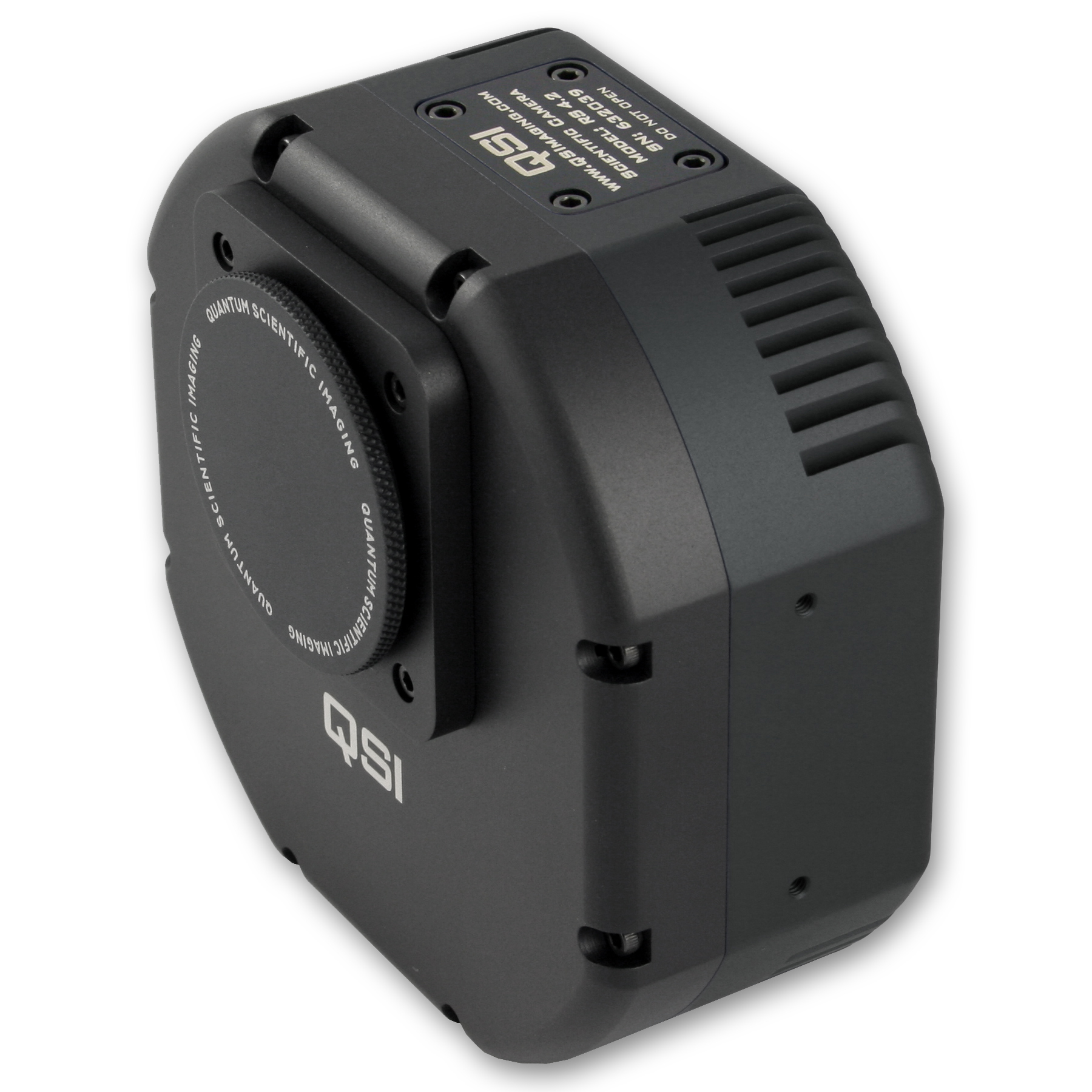QSI RS .40
QSI RS 0.4 0.4mp Cooled CCD Camera
The QSI RS 0.4 model camera employs a 0.4mp Kodak full-frame CCD image sensor with microlens technology. With high quantum efficiency, wide dynamic range, dual read rates, and internal 5 or 8-position color filter wheels the QSI RS 0.4 is ideally suited to a broad range of demanding scientific, medical, astronomical, and industrial imaging applications.
The compact design of the QSI RS Series allows the RS 0.4 to set a new benchmark for cost and size in a high performance, full-featured scientific CCD camera. With optional features and upgradeability, the QSI RS 0.4 can be tailored to fit your needs today and in the future.
The RS 0.4 camera system is supported by industry leading image acquisition software plus a full camera control API is available for creating custom Windows or Linux applications.
